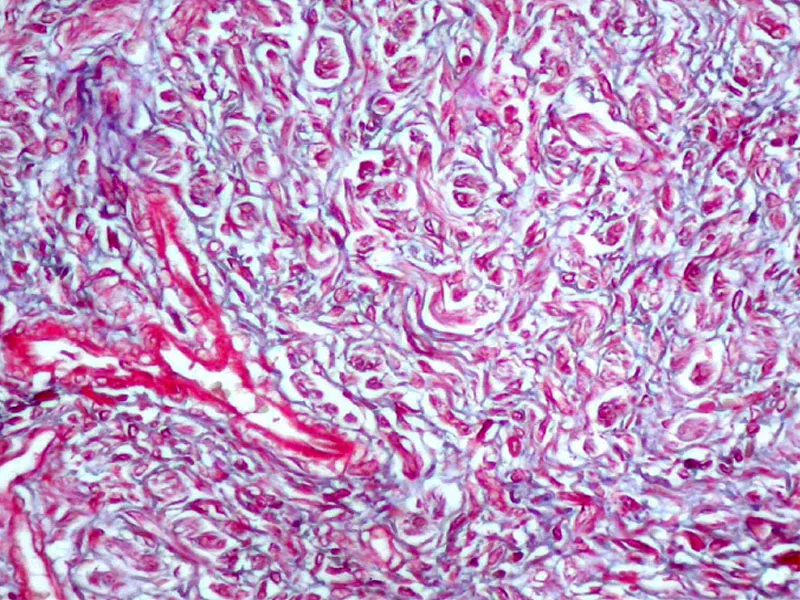Polioencephalomalacia in ruminants in Brazil
DOI:
https://doi.org/10.24070/bjvp.1983-0246.003014Keywords:
Diseases of cattle, neuropathology, polioencephalomalaciaAbstract
Polioencephalomalacia (PEM) of ruminants is a complex disease. The term indicates a morphological diagnosis where severe cortical neuronal necrosis results in softening of cerebral grey matter. Initially though as a single disease caused by thiamine deficiency, it is currently believed that PEM is caused by different etiological agents through different pathogenic mechanisms or trough a single pathogenic mechanism triggered by different agents. In this paper the putative cases and pathogenesis of PEM in ruminants are critically reviewed and discussed. Also reviewed are the epidemiology, clinical signs, gross and histological findings and methods of diagnosis of cases of PEM described in ruminants in Brazil


